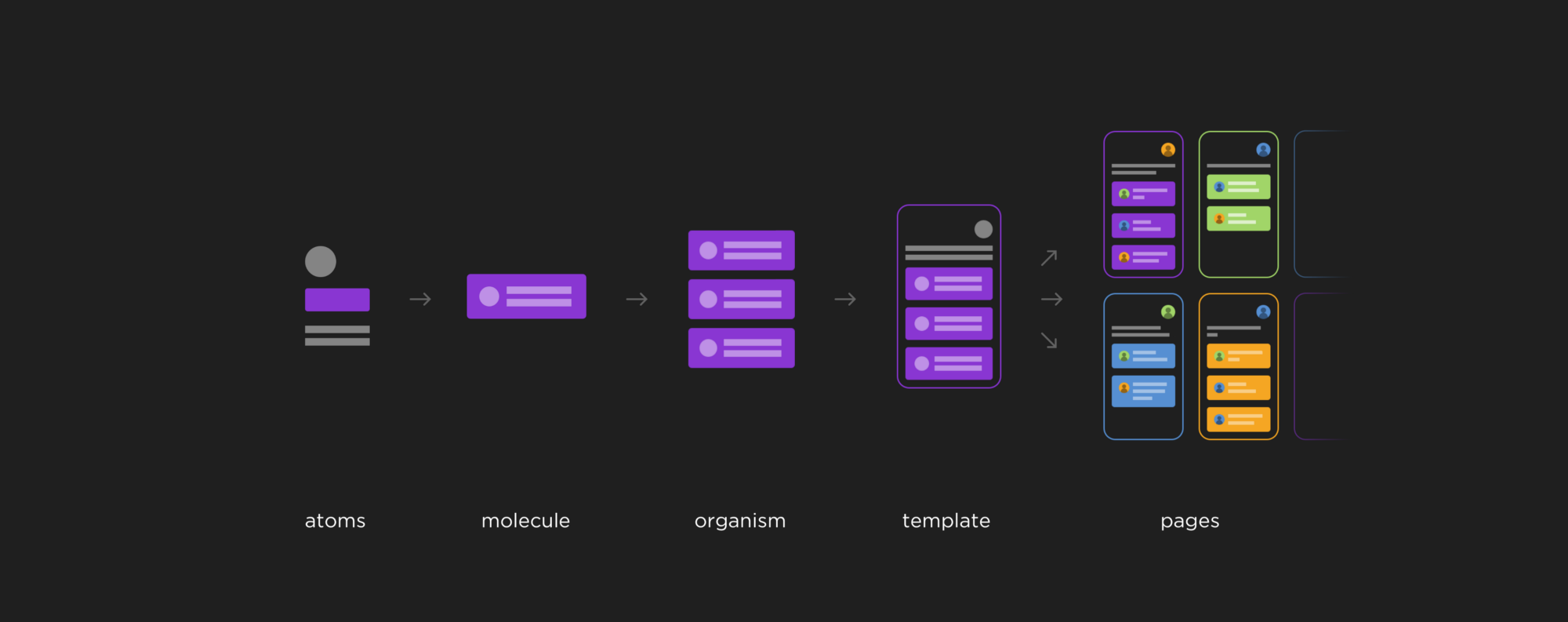Design Principles
Atomic Design Principles#

Pearl UI is built on the principles of Atomic Design, a methodology that promotes the creation of design systems in a structured, hierarchical manner. The Atomic Design methodology consists of five distinct stages, each building upon the previous one, creating a comprehensive design system:
Atoms - These are the smallest, indivisible components of the system, such as buttons, icons, inputs, labels, and other minor elements that are used throughout the design.
Molecules - Atoms are grouped together in various combinations to form molecules. Each molecule is unique and possesses its own characteristics, style, and format.
Organisms - Organisms are complex UI components that are composed of groups of molecules and atoms. While not a complete design, an organism is a reusable component that can be used across different designs or layout templates.
Templates - Templates represent the layout of a page where organisms and other elements are arranged to form a cohesive design. It's the first stage in the Atomic Design methodology that doesn't correspond to a stage in the molecular world, but it's crucial for the methodology.
Pages - Pages are specific instances of templates filled with representative data. As data changes (e.g., different user information or languages), it may affect the design of a template. Creating pages allows for testing these variations and making global adaptations to your templates.
By adhering to these principles, Pearl UI ensures a consistent, scalable, and maintainable design system that can adapt to varying project requirements.